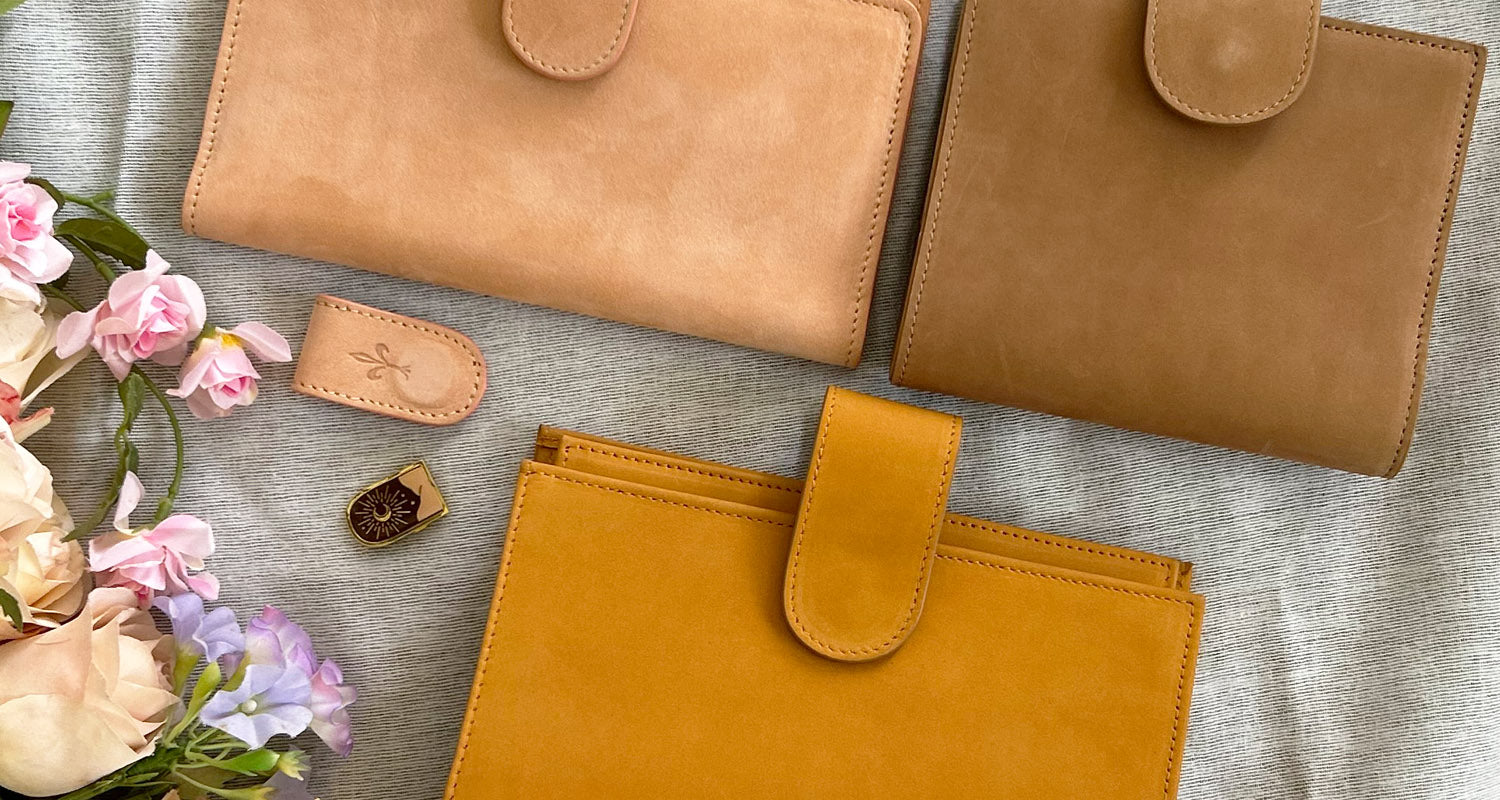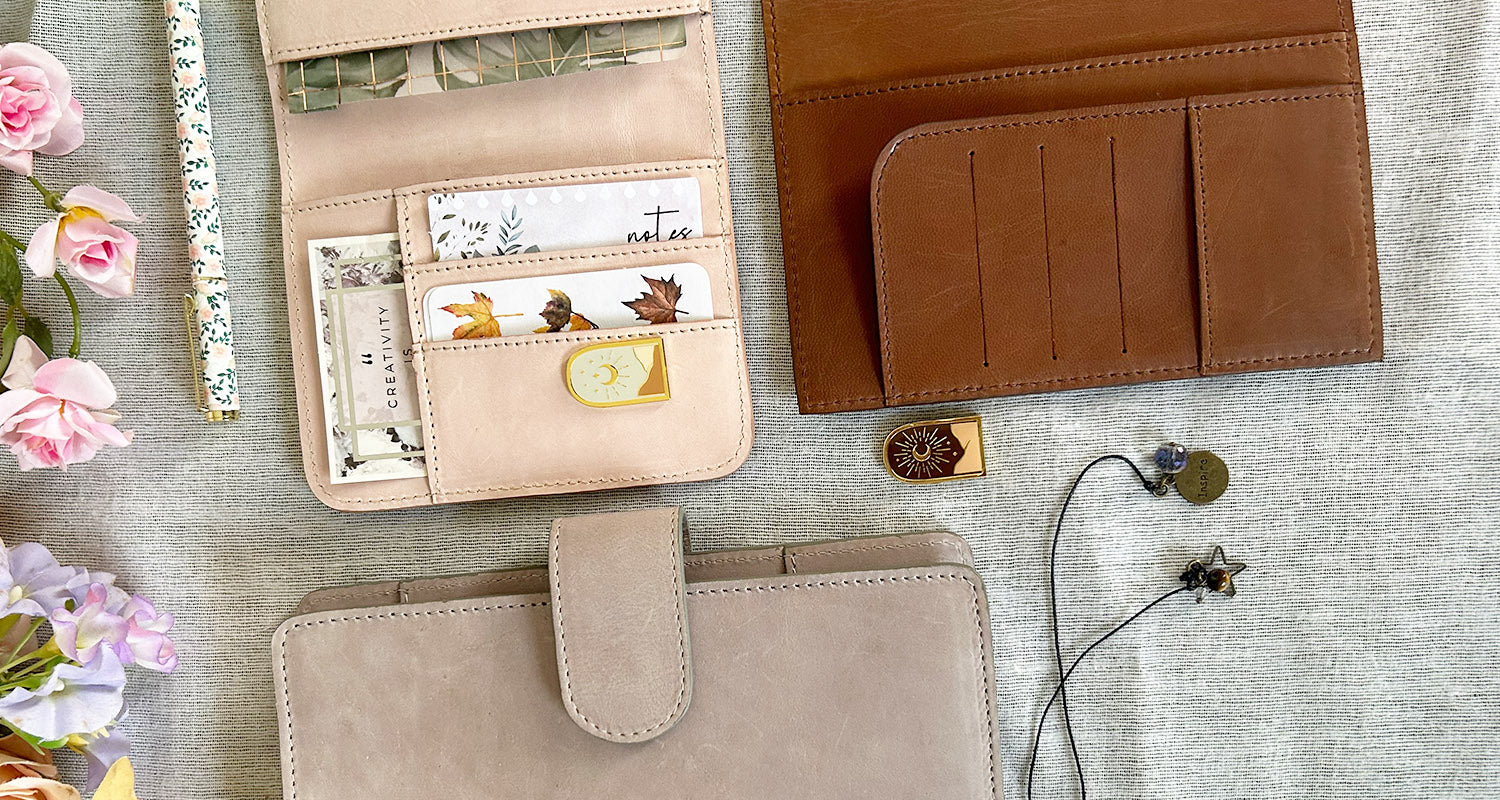Article: Nubuck Leather 101: Your Comprehensive Introduction to this Luxurious Material

Nubuck Leather 101: Your Comprehensive Introduction to this Luxurious Material
In the world of fashion and craftsmanship, few materials captivate the senses quite like nubuck leather. Imagine the sensation of running your fingers across a surface that feels as soft as velvet, exuding an air of sophistication and luxury.
Nubuck leather possesses a charm all its own, effortlessly blending style and durability. Join us as we embark on a journey to discover the allure of this exquisite material, unravelling its origins, unique characteristics, and myriad applications.
The Story Behind Nubuck Leather: It's all in the Craft
Nubuck leather is the result of a fascinating process that turns animal hides into a true work of art.
This leather can be made from the hide of various animals, but it is most commonly produced from cowhide, which is the most readily available and widely used type. Cowhide nubuck is known for its durability and versatility.
However, nubuck leather can also be made from the hides of other animals, such as goats, sheep, and even certain types of exotic animals like deer or kangaroo. Each type of leather will have its own unique characteristics, but the process of creating nubuck remains the same—sanding or buffing the top-grain to achieve the desired velvety texture.
Overall, while the specific animal source may vary, the term "nubuck leather" generally refers to the finish and texture of the leather rather than the specific animal it comes from.
Craftsmanship Unveiled: The Nubuck Leather Process
Nubuck leather is a type of leather that has been buffed or sanded on the grain side, resulting in a velvety or suede-like texture. It is made from the top-grain of the hide, which is the outermost layer.
To create nubuck leather, the outer surface of the leather is lightly abraded, removing any imperfections, grain irregularities, or blemishes. This process creates a smooth and soft surface with a nap similar to suede. The texture of nubuck is characterized by its fine, short fibers and a matte finish.
Nubuck leather shares similarities with suede, but there is a difference in how they are produced. While suede is made from the inner split layer of the hide, nubuck retains the top-grain, which makes it slightly more durable and resistant to wear and tear.
It's worth noting that while nubuck leather possesses numerous desirable qualities, its maintenance requirements and vulnerability to certain types of damage should be considered when choosing this material.

The Versatile Charm of Nubuck Leather
Nubuck leather, known for its exceptional quality, finds wide application in the manufacturing of various high-end footwear, including boots, shoes, and sandals. Its versatility doesn't stop there—this exquisite material is also sought after for creating stylish accessories like belts, bags, and wallets.
Moreover, nubuck leather extends its allure to the world of interior design, as it is frequently employed in upholstery and furniture applications.
One of the key factors behind the popularity of nubuck leather is its luxurious appearance. With its smooth and velvety texture, it exudes a sense of sophistication and elegance, making it a preferred choice in numerous fashion and design contexts.
Whether it's a pair of sleek boots or a statement handbag, nubuck leather adds a touch of opulence and refinement to any product it adorns. Its rich texture and supple feel provide both visual and tactile pleasure, creating a truly indulgent experience for those who appreciate the finer things in life.
In conclusion, let's take a look at the pros and cons of nubuck leather:
Pros:
- Luxurious and elegant appearance
- Soft and velvety texture
- Durable and resistant to wear and tear
- Retains the strength of the top-grain leather
- Versatile in its applications, suitable for footwear, accessories, and upholstery
- Ages gracefully, developing a unique patina over time
- Offers a comfortable fit and feel when used in footwear
- Provides a high-end look and feel to interior spaces
Cons:
- Requires regular maintenance and care to preserve its appearance
- Vulnerable to stains and water damage, necessitating appropriate protection
- Sensitive to scratches and scuffs, may require special cleaning techniques
- Prone to absorbing oils and grease, which can be difficult to remove
- Requires special cleaning and conditioning products designed specifically for nubuck leather
- More expensive compared to some other types of leather
- The velvety nap may flatten and wear down over time with heavy use
Naya's Nubuck leather selection
We currently offer three exquisite types of nubuck leather for your custom-made covers. These luxurious nubuck leathers are available for made-to-order covers in all the sizes we carry in our shop. Explore our collection and create a personalized nubuck leather cover that reflects your unique style and stands the test of time.



Leave a comment
This site is protected by hCaptcha and the hCaptcha Privacy Policy and Terms of Service apply.